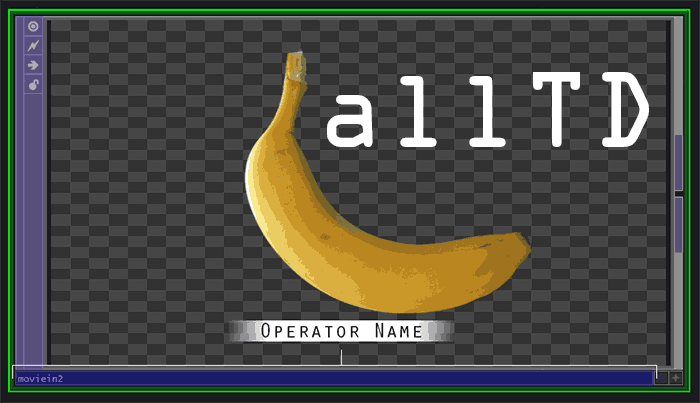I built a motion tracking system for Touchdesigner
A tutorial and process of how I built a custom motion tracking controller for Touchdesigner.
👉 Written in-depth guide: https://stevezafeiriou.com/how-to-send-sensor-data-to-touchdesigner/
👉 Setup guide & functionality of the MPU6050: https://stevezafeiriou.com/mpu6050-sensor-setup/
🥳 Project files on GitHub (code, schematics, 3d models): https://github.com/stevezafeiriou/sensor-data-td
(You can use this system for multiple use-cases, from IoT to VR controllers etc.)
🔥 Try the LilyGo T-Display S3 (affiliate link): https://www.lilygo.cc/CjcAky
——————————————-
RELATED GUIDES:
📰 What Is a Microcontroller?: https://stevezafeiriou.com/what-is-a-microcontroller/
📰 Step-by-Step Guide for the LilyGo T-Display S3 Setup: https://stevezafeiriou.com/lilygo-t-display-s3-setup/
📰 A Detailed TouchDesigner Tutorial for Beginners: https://stevezafeiriou.com/touchdesigner-tutorial-for-beginners/
📰 How to Integrate Arduino to TouchDesigner: https://stevezafeiriou.com/arduino-to-touchdesigner/
🎁 Subscribe to my Newsletter: https://stevezafeiriou.com/art-and-technology-newsletter/
——————————————-
FOLLOW ME ONLINE:
LinkedIn: https://www.linkedin.com/in/zafeirious
Instagram: https://instagram.com/stevezafeiriou
X: https://x.com/steve_zafeiriou
Website: https://stevezafeiriou.com
——————————————-
In this video, I provide a step-by-step guide on transmitting sensor data from an ESP32 microcontroller and an MPU6050 sensor to TouchDesigner. I cover the entire process, including hardware setup, software configuration, and data visualization techniques. By following this tutorial, you’ll learn about:
1. Hardware Setup: Connect the MPU6050 gyroscope and accelerometer sensor to the ESP32, ensuring accurate data acquisition.
2. Software Configuration: Program the ESP32 using the Arduino IDE to read sensor data and transmit it via WebSockets.
3. Data Visualization in TouchDesigner: Establish a WebSocket connection in TouchDesigner to receive and visualize real-time sensor data, enabling dynamic and interactive media experiences.
This tutorial is ideal for artists, electronics enthusiasts, makers and developers interested in integrating physical sensor inputs into digital art installations, interactive projects or even IoT projects. By leveraging the wireless capabilities of the ESP32 and the features of TouchDesigner, you can create immersive environments that respond to real-world stimuli.
——————————————-
`A nerd in search of IKIGAI.`


